Keynote Speakers
Michael Angermann & Steve Malkos (Google)
Resiliency in Localization and in Life
Summary: Come see behind the curtain on the challenges in creating localization algorithms that ensure the best resiliency. We'll walk through the iterative approach in our research, implementation and deployment. And also, there may be a story about an elephant. Wait, what? How does an elephant fit into this? I guess you'll have to attend to find out ...

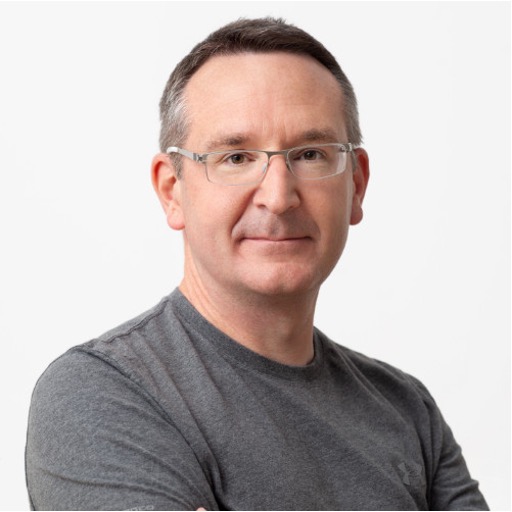
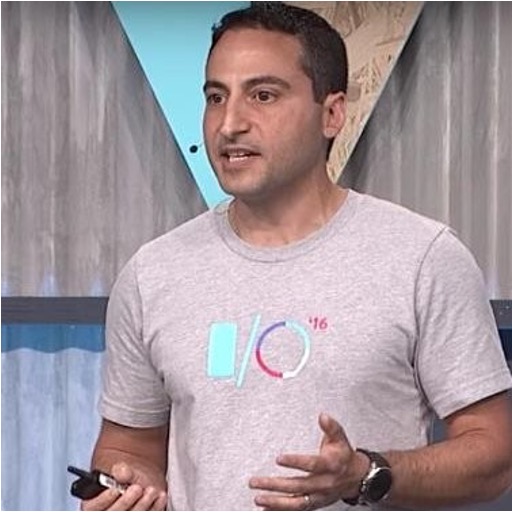
Bio: Michael Angermann is the Technical Lead and Manager of the Motion Systems and Algorithms Team in the Android Context Group at Google. His team is responsible for the algorithms, ML models and systems that drive motion features on Android. Examples include Android’s Fused Location Provider (FLP), as well as motion-related features on wearables, such as Google's Pixel Watch. Before joining Google, Michael was an engineer and research scientist at the Institute of Communications and Navigation of the German Aerospace Center (DLR) with interests in Bayesian methods and applications in communication, localization, mapping, and general context estimation of humans and multiagent robotic systems. Michael has previously contributed to IPIN’s fields of interest, e.g. with work on Simultaneous Location and Mapping (FootSLAM) and using disturbances of the magnetic field for localization and SLAM (IPIN best paper 2012). Michael lectured at Technische Universitaet Muenchen (TUM) and the University of the Armed Forces in Munich. Michael was a visiting PostDoc at the Computer Science and Artificial Intelligence Lab (CSAIL), Massachusetts Institute of Technology (MIT), received the Diplom-Ingenieur degree from TUM and holds a doctorate (Dr.-Ing.) from the University of Ulm, Germany.
Mr. Steve Malkos is the Lead Technical Program Manager in the Android Context Group at Google. He manages engineering aspects for Android’s Location and Context programs. Mr. Malkos is responsible for defining these initiatives within Google which includes everything from Earthquake Detection and Early Alerts on Android, Emergency Location Service (ELS), GNSS, Activity Recognition, Fused Location Provider (FLP), Android Sensor Hub, Sensors, and more. Mr. Malkos has been involved in the field of location for almost 20 years. Prior to his role at Google, he worked as an Associate Program Management Director at Broadcom, where he managed engineering teams within Broadcom’s GNSS software. In 2016, Mr. Malkos received the GPS Leadership Award in Services which is recognized significant achievements in Satellites, Signals, Services and Products. In 2019 he received as co-recipient NENA’s President Award for Commitment to the 9-1-1 Industry by advancing device-based hybrid location. This award was viewed by NENA as the greatest force multiplier for the life-saving work of 9-1-1 professionals across the globe. He holds a B.S. in Computer Science from Purdue University and currently holds 8 patents and defensible publications in the field of location.
Fredrik Gunnarsson (Ericsson)
Standardized indoor positioning, time reference and exposure – for scalability and long term relevance
Summary: Dedicated indoor networks is an important enabler for digitalization and automation. The fundamental task is to provide indoor connectivity coverage, capacity and quality, but highly relevant is also to consider bundled features such as positioning, time reference distribution and exposure to network applications . For scalability, relevance and long term support, it is important with standardized solutions. This keynote will describe components and enablers specified in 3GPP (Third Generation Partnership Project) for cellular telecommunications technologies. With a focus on indoor and 5G – it is natural to also discuss surrounding outdoor solutions as well as upcoming 6G for completeness.

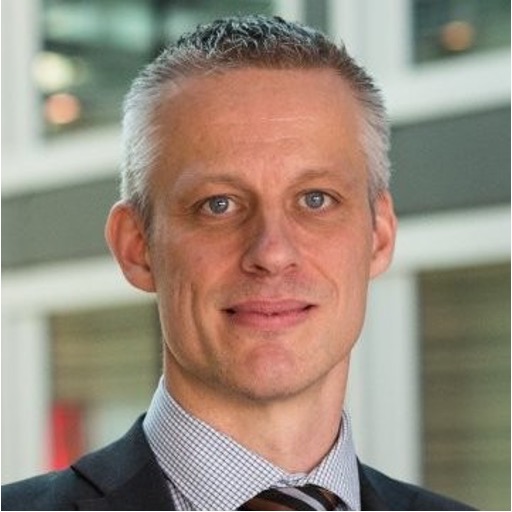
Bio: Dr. Fredrik Gunnarsson is an expert in positioning and RAN automation at Ericsson Research. He works on research, concepts, standardization, prototyping, use case adaptation and realization aspects of RAN automation and positioning. He also holds a part-time position as adjunct professor at Linköping University, Sweden. There are natural gaps between research, standardization and product realizations. Being engaged in all of them, he sees different kinds of prototyping and innovation projects as means to somewhat bridge these gaps.
His work on RAN automation and positioning started late around the turn of the century from a research and product perspective, and started engaging in 3GPP standardization of radio resource management around 2007 when the hype about self-organizing networks, today mainly seen as AI/ML, started to build up to ensure that radio networks would be easy to configure, operate and maintain. He was also part of the organizing committee behind the yearly International workshop on Self organizing networks 2011-2016. Around 2014, he started focus more and more on positioning about the time when Internet of Things positioning started in 3GPP, and positioning has since been his main focus area including high accuracy GNSS positioning assistance, 5G outdoor and indoor positioning in 3GPP Rel 15 and onwards with ongoing work is in Rel 18. In parallel he has had an engagement in numerous innovation project and prototyping to test concepts early for learning and educating use case stakeholder. He obtained his MSc and PhD in Electrical Engineering from Linköping University in 1996 and 2000 respectively. Dr. Gunnarsson is a senior member of IEEE.
Richard Stirling Gallacher (Huawei)
Towards 6G ISAC
Summary: The key note presents an overview of how positioning techniques have evolved during different generations of 3GPP cellular communications systems to the present day (3G to 5G NR), followed by an outlook of the exciting opportunities, use cases, technical challenges and new localization schemes that will be enabled as we move towards integrated sensing and communication (ISAC) for 6G.

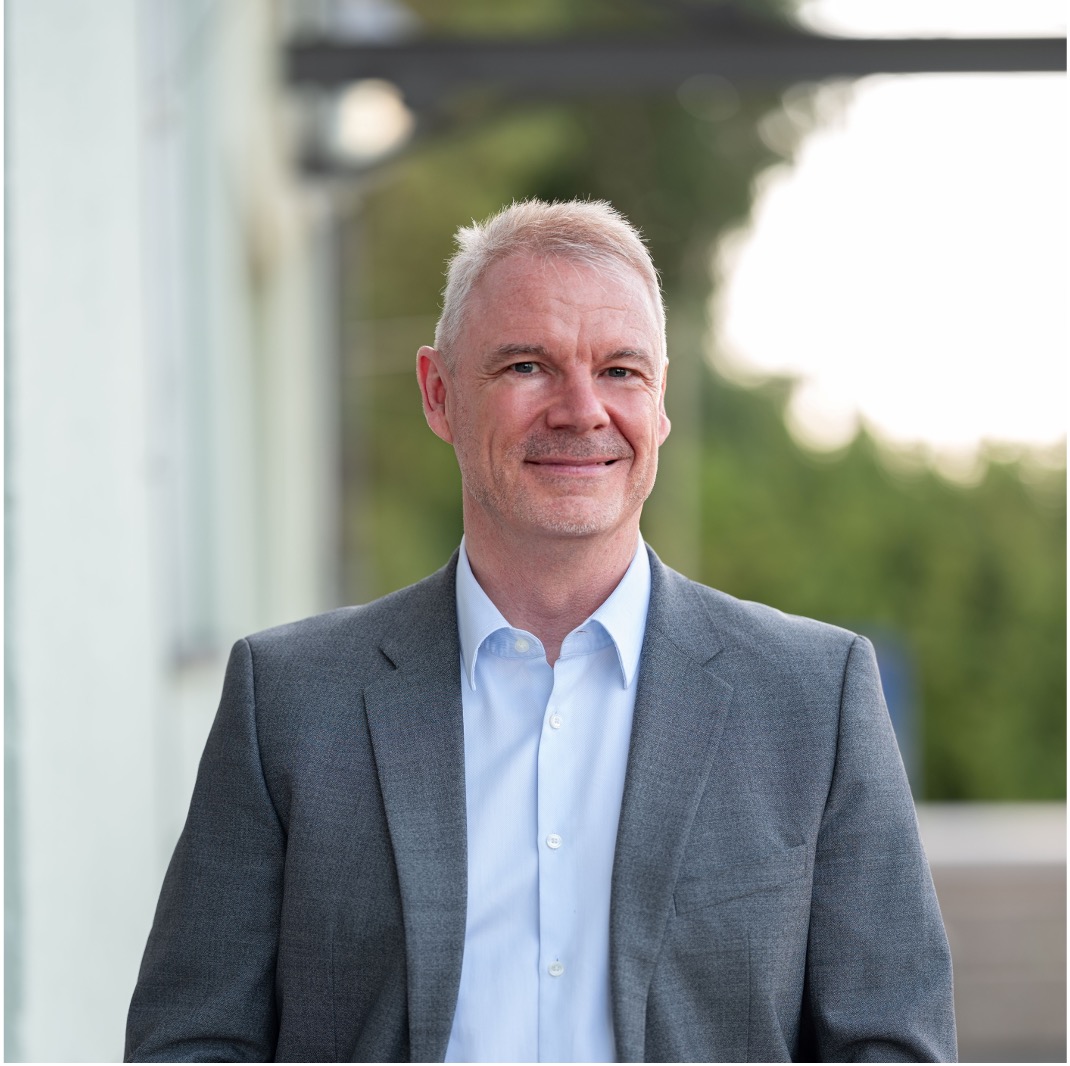
Bio: Richard Stirling-Gallaher is Research Expert / Team Leader at Munich Research Center, Huawei Technologies Duesseldorf GmbH where he leads a team focusing on innovative 6G ISAC and beyond 5G positioning techniques. Prior to this he held positions at Huawei Technologies and Samsung Research America in USA, were he led pre-standardization research on 5G NR mmWave and massive MIMO. He has also held previous positions in Germany, leading 3G, 4G and mm wave communications/ sensing research. He received his M.Eng. degree in Electronic Engineering from The University of Southampton, and the Ph.D. degree from The University of Edinburgh. He currently holds more than 125 granted U.S. patents.
TECH TALK in the Sponsors Session: Miao Wu (QCT)
A NEW CHAPTER OF 5G CAMPUS NETWORK
Summary: With these years business development into IT and CT market, Miao Wu will share the insight into 5G technology and market from QCT in the viewpoint of a manufacturer, and the observation of 5G technology potential to industrial 4.0 and the importance of location-based service into various vertical as a digitalization enabler.

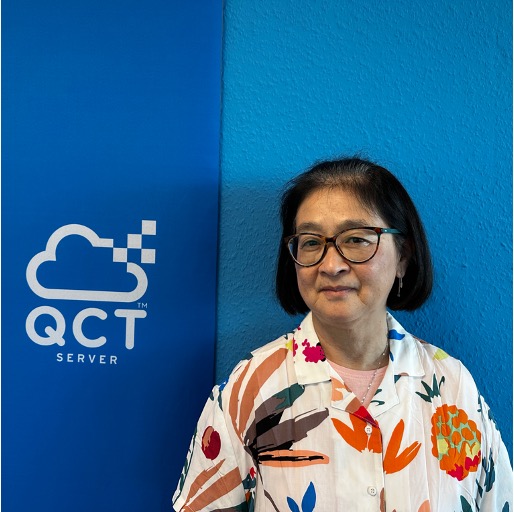
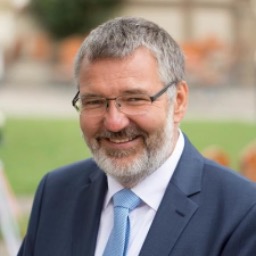
Bio: Miao Wu, EMEA Head of Operations & Commercials at QCT Germany with experience across Location Based Services and Cooperative Intelligent Transport Systems (C-ITS). Thomas von der Grün is an electrical engineer specialized in communications and high-frequency engineering. Since 1990, he has been working at the Fraunhofer Institute for Integrated Circuits IIS, where he heads the Precise Positioning and Analytics department in Nuremberg with currently 55 scientists. He coordinates the positioning business unit at Fraunhofer IIS. Thomas has been working on radio-based localization systems for more than 20 years. With his team, he contributes to 5G standardization and is responsible for several research, development and application projects related to 5G mobile communications. Several research projects on 6G mobile communications have been started.
